Nissan Pathfinder Vs Kia Telluride: Which SUV is Right for You?

This is a comparison of two vehicles at the differing ends of their lifecycle; the Nissan Pathfinder versus Kia Telluride.
The Nissan Pathfinder is all-new for the 2022 model year and features new styling, new technology, and an all-new transmission. The Kia Telluride on the other hand is in its final year of its current guise, with a mid-cycle refresh occurring for the 2023 model year.
Get a Quote on a New Nissan Pathfinder or Kia TellurideDespite being on the market for a few years, does one of the perennial favorites in the three-row SUV segment, the Kia Telluride, still have what it takes to compete with the newer Nissan Pathfinder? We dive deep into the features and capabilities of each vehicle to find out as we pit the Pathfinder head to head with the Telluride.
Cabin Space
Nissan Pathfinder: Legroom in the Pathfinder’s is spacious for front seat passengers at 44.3 inches (1,126 mm). Second row riders have 35.5 inches (902 m) while rear seat occupants get a mere 28 inches (712 mm).
Headroom is officially rated at 42.3-inches (1,075 mm) for front seat passengers, or 41.1 inches (1,046 mm) with the optional moonroof. The second row has 39.6 inches (1,008) of headroom without the moonroof or 38.4 inches (976) when it’s equipped. Those in the third row have 37.8 inches (961 mm) of headroom regardless of which roof is installed.
Kia Telluride: The Telluride’s first row passengers get 40.9 inches (20 mm) of head room, or 39.5 inches (1,004 mm) with the sunroof. Those in the middle row receive more headroom than found in the Pathfinder, with 40.2 inches (1,022 mm) without the moonroof or 38.7 inches (985 mm) with it installed. Way-back riders get similar levels of head space to the Pathfinder, with 38.1 inches (969 mm) without the sunroof and 37.8 inches (961 mm) with.
Legroom is vast, measuring 44.0, 42.4, and 31.4 inches (1,120/1,077/798 mm) from front row through to back. That’s more stretch out space for the first two rows, but less for those regulated to the third row.
Bottom Line: It’s a back and forth affair between the Telluride and Pathfinder. Second row passengers have more space in the Kia while third row riders get more space in the Nissan. Up front it’s a wash with the Telluride having more legroom but the Pathfinder set up with better headroom.
Cargo Space and Towing
Nissan Pathfinder: Cargo capacity behind the Pathfinder’s third row is rated at 16.6 cu ft. (470 L). With the third row of seats folded flat, space increases to 45 cubic feet (1,274 L). To maximize cargo capacity, fold the second row of seats as well for a total of 80.5 cubic feet (2,280 L).
The Pathfinder is one of the highest rated vehicles for towing in this segment, with an official rating of 6,000 lbs. (2,722 kg) when properly equipped. Front-wheel drive models can still tow a decent amount of weight. up to 3,500 lbs. (1,588 kg).
Kia Telluride: The Telluride starts with an immediate advantage, offering 21.2 cubic feet (601 L) of cargo capacity with all the seats in the upright positions. With the third row folded down, the advantage shrinks as the Telluride offers 46 cubes (1,304 L). But the gap increases once again when both rows of seats are folded flat as the Kia is listed at a cavernous 86.7 cubic feet (2,455 L).
The Telluride’s maximum towing limit is 5,000 lbs (2,268 kg) when properly equipped.
Bottom Line: The Kia Telluride can accommodate more cargo while the Nissan Pathfinder can tow more weight. It’s a matter of what is more important to you as a consumer. For the second straight category, it’s a tie between the two vehicles.
Technology and Features
Nissan Pathfinder: The Pathfinder S is the starting point for the vehicle that comes equipped with a tri-zone climate control, 18-inch alloy wheels, and push-button start. Also included in this trim are LED headlights, manual front cloth seats, and a 8-inch infotainment system. The next trim up is the Pathfinder SV that adds heated front seats, a power driver’s seat, remote engine start, and Sirius XM satellite radio. On this trim there is an optional Convenience packages includes the towing package, power lift gate and panoramic sunroof.
SEE ALSO: Nissan Pathfinder vs Volkswagen Atlas ComparisonThe SL trim comes next and includes leather seats, a heated steering wheel, LED fog lights, a 9-inch infotainment system, power lift gate, rear sunshades, and power passenger seat. The SL trim also has an optional package called the Premium. It adds 20-inch alloy wheels, the towing package, and the upgraded audio system.
The Top of the line Pathfinder trim is called the Platinum and it includes 20-inch wheels, a panoramic sunroof, wireless phone charger, the towing package, and the upgraded audio system.
Kia Telluride: The Telluride begins with the LX trim level. It includes 18-inch alloy wheels, a gray grille, UVO link, as well as an 8.0-inch infotainment with wired Apple CarPlay and Android Auto support. The front-row seats are power-adjustable, and you’ll find Kia’s synthetic leather trim wrapping them. Dual-zone automatic climate control isn’t available on the LX, but rear passengers do get their own AC controls. Eight-passenger seating is standard.
Upgrading to the S trim and the seat count becomes seven. The S also gains heated front seats, a power sunroof, and 20-inch alloys. The exterior gets a subtle makeover with plenty of dark chrome accents. Next up is the EX trim. This penultimate trim boasts a smart powered liftgate and LED taillights. Leather, ventilated seating is included. Built-in navigation joins the infotainment system plus Driver Talk (project’s the driver’s voice to the other rows) and Quiet Mode (only plays audio in the front row). The infotainment screen itself grows to 10.25 inches. Other trims make do with 5 USB ports, but the EX (and SX) bump that up to six. Dual-zone automatic climates and second row sunshades are also included.
SEE ALSO: Subaru Crosstrek vs Subaru Outback: Which Crossover is Right For You?At the top of the Telluride pile is the SX. It features full LED exterior lighting and dark 20-inch alloys. SX buyers also have the option to upgrade to Nappa leather seating, with heating and ventilation for the second row as well as the front and a suede-like headliner. A 10-speaker Harman Kardon sound system, 360-degree camera, Blind-Spot View Monitor, and auto-dimming rearview mirror round out the package.
Bottom Line: Both vehicles can come well equipped, even as entry level models. Opt of the top trims and both SUVs have all the modern technology one could ask for. The mid-trim Tellurides do offer a bit more features than the equivalent Pathfinder, giving Kia the edge here.
Powertrains
Nissan Pathfinder: The Pathfinder still uses a 3.5-liter V6 as the vehicle’s only engine option. Power is rated at 284 HP and 259 lb-ft of torque. No longer present though is the continuously variable transmission of the previous generation. It’s replaced by a nine-speed automatic unit. All trim levels of the Pathfinder come standard with front-wheel drive, but can be optioned to include all-wheel drive.
Kia Telluride: Kia keeps things nice and simple for the Telluride: every trim uses a 3.8-liter V6 making 291 hp and 262 lb-ft of torque. Like the Pathfinder, there is only one transmission available, an eight-speed auto. The Telluride is also available with front- or all-wheel drive.
Bottom Line: Both vehicles off similar drivetrains with the choice of front- or all-wheel drive. The Telluride makes a bit more power, but the Pathfinder has an extra gear in the transmission. It’s another tie in this category.
Fuel Economy
Nissan Pathfinder: Front wheel drive Pathfinders are rated to return fuel economy figures of 21 mpg city and 26 mpg on the highway. Stepping up to all-wheel drive and the S, SV, and SL trim levels fuel economy ratings are actually better. They are rated at 21 mpg city and 27 mpg highway. The heavier Platinum 4WD is rated at 20 mpg city and 25 mpg highway.
Kia Telluride: The Telluride’s size plays against it here. The big boy registers an even 20 mpg in the city in front-drive format, with a highway rating of 26 mpg. AWD models drop those numbers to 19 and 24 mpg, respectively.
Bottom Line: The Nissan Pathfinder has a slim upper hand in fuel economy for front-wheel drive models, but a more decisive advantage on all-wheel drive models.
Safety
Nissan Pathfinder: All Pathfinders come equipped with a standard suite of safety systems. Included are forward collision warning, automatic emergency braking with pedestrian detection, lane departure warning, blind spot warning, rear cross traffic alert, rear automatic braking and high beam assist. The SV trim adds Nissan’s ProPILOT Assist system, intelligent lane intervention, and blind spot intervention. The top two trims take safety a step further, with the SL and Platinum including an Around View Monitor.
Kia Telluride: The Telluride matches the Pathfinder’s standard safety systems but also includes blind-spot detection with collision avoidance and Safe Exist Assist. Starting on the EX trims, Highway Drive Assist becomes standard with forward parking distance warning included on the top trim SX.
Bottom Line: Both vehicles include a lot of standard equipped, but the Telluride one-ups the Pathfinder by offering a few extras like blindspot monitoring. But from the second trim levels and higher, the safety systems are nearly identical. Still, we have to give the Telluride the slight advantage in this category.
Styling
Nissan Pathfinder: The new Pathfinder has adopted a more rugged style compared to the previous generation, looking more like a traditional SUV and less like a crossover. It’s a bit more square in shape, but not as boxy as some contemporary Subarus and Jeeps. The front end features Nissan’s signature design language, with the rear highlighted by a sophisticated appearance that could be confused for higher-end vehicles.
Kia Telluride: The Telluride is unlike anything else from Kia, and not in a bad way. It’s tall, narrow headlights frame a widescreen version of Kia’s signature grille, and have an unmistakeable yellow DRL signature. The Telluride is fairly boxy, but we’d call the design language imposing like a Cadillac Escalade or Land Rover. The boomerang-shaped taillights are a funky design feature on an otherwise conservative shape.
Bottom Line: Styling is purely subjective and beauty is in the eye of the beholder. This is especially true with the Telluride and Pathfinder, as they are two of the more modern, pleasantly styled options in the segment.
Pricing
Nissan Pathfinder: The Pathfinder S 2WD starts at a price of $35,856 (all prices include a $1,225 destination fee). The next trim is the SV 2WD and commands an asking price of $38,685. It can be had with the Premium Package that costs an additional $2,170.
The Pathfinder SL 2WD lists at $41,765 and can be optioned with a $2,900 Premium Package. At the high end of the Pathfinder hierarchy is the Platinum 2WD that starts at a price of $48,365. Any of the Pathfinder trim levels can be had with all-wheel drive for an extra $1,900.
Kia Telluride: The Telluride’s entry price is a bit lower than the Pathfinder, coming in at $33,415 (including $1,225 in destination). Moving up to the S trim will set you back $35,815. Next on the list is the EX at a price of $38,815, with an available EX Premium Package costing $1,695. The top-of-the-line SX has an MSRP of $43,715, and can be had with a $2,300 SX Prestige Package.
Other extras include the Nightfall Edition ($1,295) and Towing Packages ($795), which are available on the EX and SX trims. All-wheel drive is an even $2,000 extra on all trims except the SX, where it’s only $1,900.
Bottom Line: Trim to trim, the Kia Telluride holds the pricing advantage over the Nissan Pathfinder. It starts with a price advantage over $2,400 lower for entry level models that grows as you go up through the trim levels.
Nissan Pathfinder vs Kia Telluride: In Conclusion
The Kia Telluride is a class leader amongst three-row SUVs; something we couldn’t say about the previous generation Nissan Pathfinder. But after taking a close look at the two vehicles, it is obvious Nissan has improved the new Pathfinder in several key ways. It’s a tough decision between these two as to which is the better overall vehicle. The Telluride has more space inside and comes slightly better equipped trim versus trim.
The Pathfinder is more fuel efficient, can tow more, and offers third row passengers more space. But in the end, it’s the Telluride’s price advantage that seals the win for Kia in this head-to-head evaluation.
Become an AutoGuide insider. Get the latest from the automotive world first by subscribing to our newsletter here.

A 20+ year industry veteran, Mike rejoins the AutoGuide team as the Managing Editor. He started his career at a young age working at dealerships, car rentals, and used car advertisers. He then found his true passion, automotive writing. After contributing to multiple websites for several years, he spent the next six years working at the head office of an automotive OEM, before returning back to the field he loves. He is a member of the Automobile Journalists Association of Canada (AJAC), and Midwest Automotive Media Association (MAMA). He's the recipient of a feature writing of the year award and multiple video of the year awards.
More by Mike Schlee



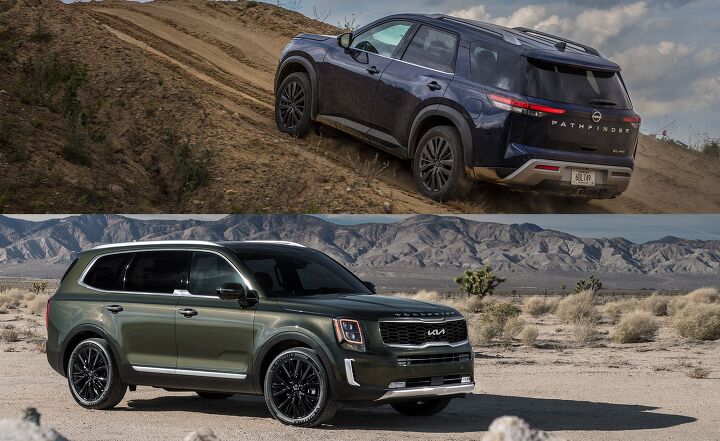



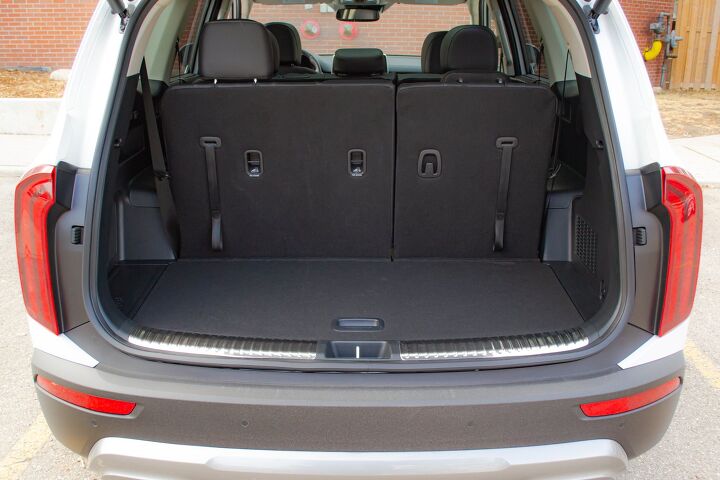


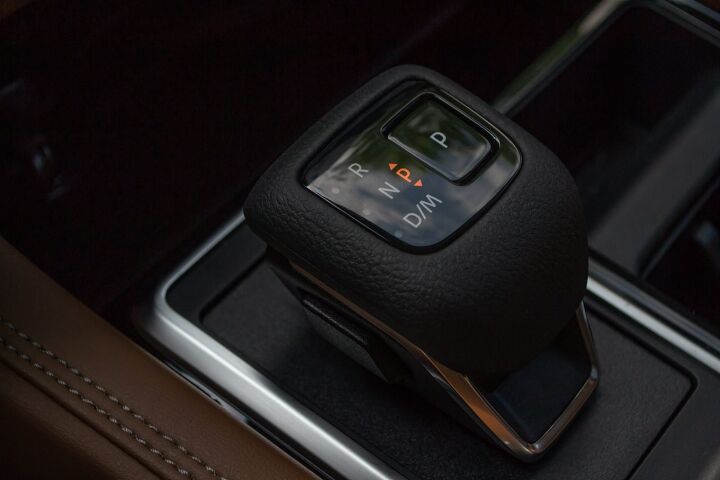

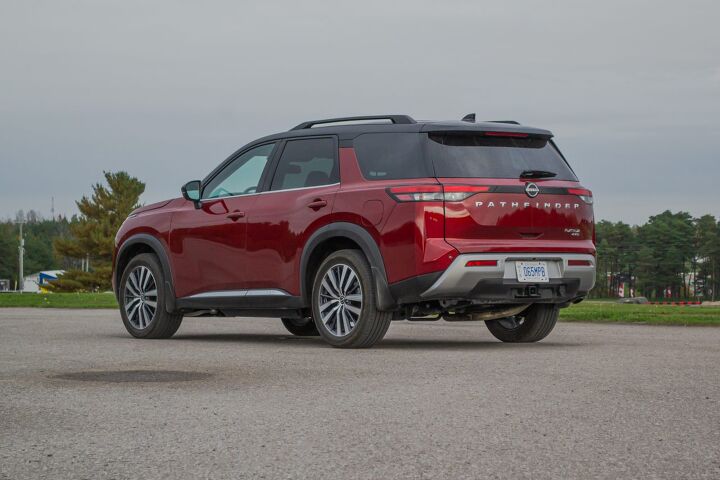





















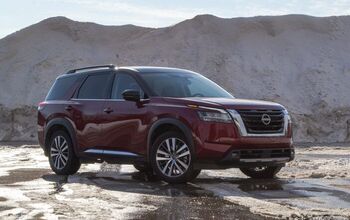
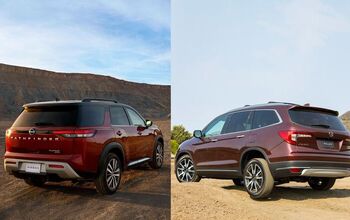


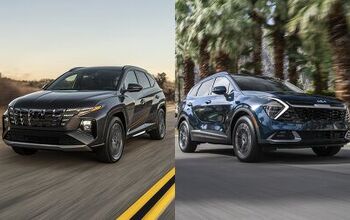


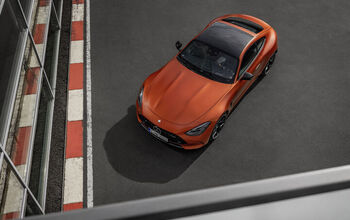




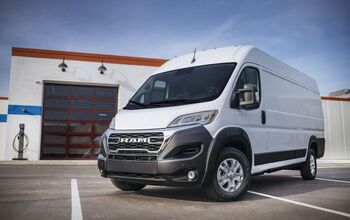
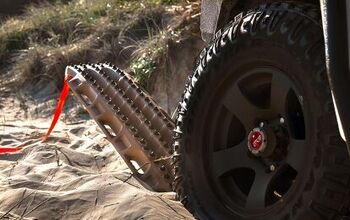
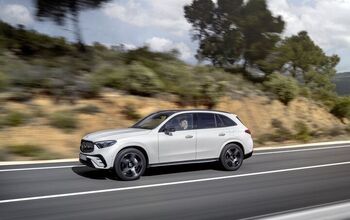
Comments
Join the conversation
Pathfinder has standard blind spot warning. You say it doesnt and the KIA does, youre wrong.
The cargo capacity is huge in Kia compared to Nissan, yet the article calls that segment a 'tie' between the two. A bit bizarre